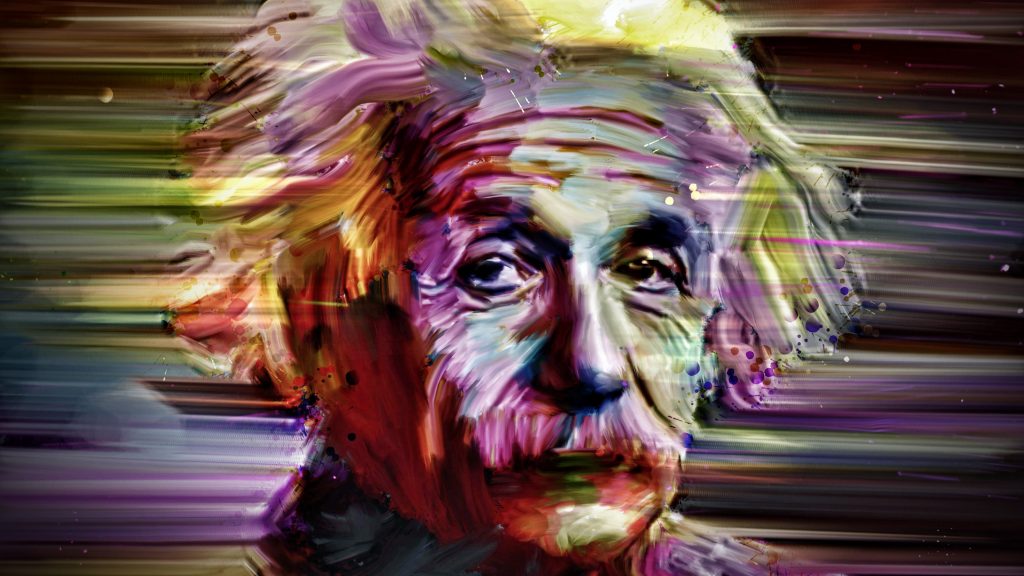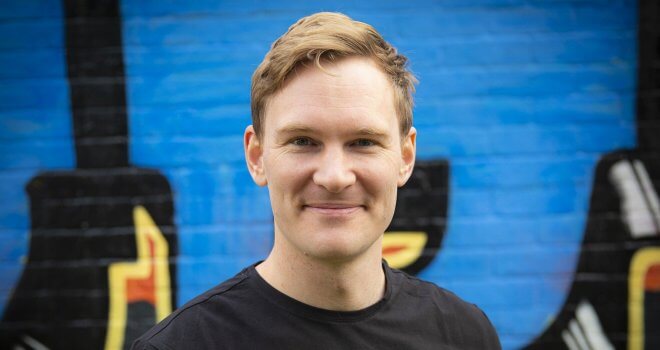The Benefits Of Combinatory Play For Project Managers

The term ‘combinatory play’ was first coined by Albert Einstein in a letter he wrote to the French mathematician Jacques Hadamard. The latter was intrigued to find out Einstein’s secret when it came to his methods of creative thinking.
In a nutshell, combinatory play is all about considering two or more seemingly unrelated topics, activities, disciplines and putting them together in such a way that something new and different emerges.
For example, Einstein would set himself a challenge related to work and then forget about it. He would go off and play either his beloved violin or the piano, have a good night’s sleep, and then invariably, some answers to the challenge would pop into his head a couple of days later.
Two things are happening here from a biological stand point. Firstly, by enjoying a range of disparate and unconnected activities, you are helping your brain become unstuck by encouraging it to find new connections.
And secondly, your brain cells are doing all this connecting work behind the scenes in the sub-conscious, often whilst you are asleep. This is the one time of day that the mind is at its most relaxed and when it is undisturbed by the incessant buzz of the day to day.
Why use combinatory play for ideas…
The answer is sad but simple. Combinatory play is a great source of ideas because, in general, the modern day workplace is not! In 2020, GENIUS YOU carried out a study involving over 2000 respondents from 17 multi-nationals across 10 sectors.
The study contained one open-ended question which asked respondents to comment on the state of creativity and innovation in their own company. A number of key themes emerged that represented obstacles to a creative workplace.
“Time poverty” and the “burden of process overload” accounted for 23% of all responses. One verbatim quotation sums things up nicely: “Our biggest downfall within the business is not giving enough time to creative thinking.
We need to put importance on thinking as much as doing. The team are constantly executing projects but spend little time crafting new ideas.”
In a nutshell, the working environment was not conducive to the process of creativity. It was viewed as stifling, suffocating. Too little time to be creative, too many corporate processes getting in the way, too much pressure on the brain’s neurotransmitters to allow them to connect with one another.
I feel fortunate because for many years now, I have worked as an independent consultant, operating from home for the vast majority of time, spared from the stresses and strains of corporate life. I have been able to put combinatory play into practice.
Using combinatory step by step…
Somewhat ironically, you do need to be fairly disciplined which might seem to be at odds when describing a creative process! Let me describe my routine.
- I set myself a challenge, a tough nut to crack. I write this down in my colourful notebook and I brainstorm any thoughts that might already reside in my head.
- I do not put myself under pressure to solve the challenge, there and then. I give myself some time and space to come up with some answers.
- I ensure that my lifestyle is balanced. I exercise daily to release the endorphins and reduce the stress hormones. I socialize virtually with all sorts of different people. I raid YouTube to view a multitude of inspiring videos from all walks of life.
- Every evening before going to bed, I have a hot bath, listen to the radio, and read a bit. Not a gadget in sight in the hour before lights out.
- And every morning, I have a shower because this is the time when the mind often bears the fruit from a restful night. The post-it note pad and pen in the bathroom enable me to capture the ideas that emerge.
Combinatory play in action…
Fitness Gyms. Spotify. YouTube. Joe Wicks. I run a small capability agency called GENIUS YOU. Our mission is to help individuals and teams strengthen their creative muscles.
We were looking for a BIG IDEA to differentiate ourselves in the market place. Where do people get fit? In a gym. Our proposition was named the CREATIVE GYM. Where do Millennials and Gen Z get much of their inspiration? YouTube.
We went here for a lot of our content and have based much of the gym on the video format. What is the most effective length of time for listening and learning? Bite-sized chunks lasting minutes rather than hours.
Who does that really well? Joe Wicks, the body coach, both with his exercise regimes and his recipe suggestions. What can we learn from Spotify? We borrowed the concept of playlists to construct tailored programmes of learning lasting 10 weeks.
And this entire project took about six months, allowing time for plenty of to-ing and fro-ing, exploring and experimenting, and giving those neurotransmitters licence to connect and collide at their leisure.
Part of the daily routine…
Combinatory play is simply a good habit. A bit like flossing your teeth or practising mindfulness on a daily basis. As far as I am concerned, it has become my default option when it comes to creative thinking.
I just need to make sure that I have everything in place to be able to practice it efficiently and productively. Am I giving myself sufficient time to solve the challenge at hand?
This is usually days or weeks, rather than minutes or hours. Is my life holistic enough? In other words, am I participating in a sufficient range of leisure activities to give those neurotransmitters enough stimulus to make those creative connections?
And the really good news is that Einstein’s theory works well for all kinds of ‘tough nuts to crack’, both small and large. This blending together of unrelated things from the realms of art and science was how he came up with his most famous equation, E=mc2.
What other proof is required?!
Mark Simmonds is a creativity, insight and innovation expert and the founder of GENIUS YOU – who help teams develop winning ideas by strengthening creative muscles through their Creative Gym.




